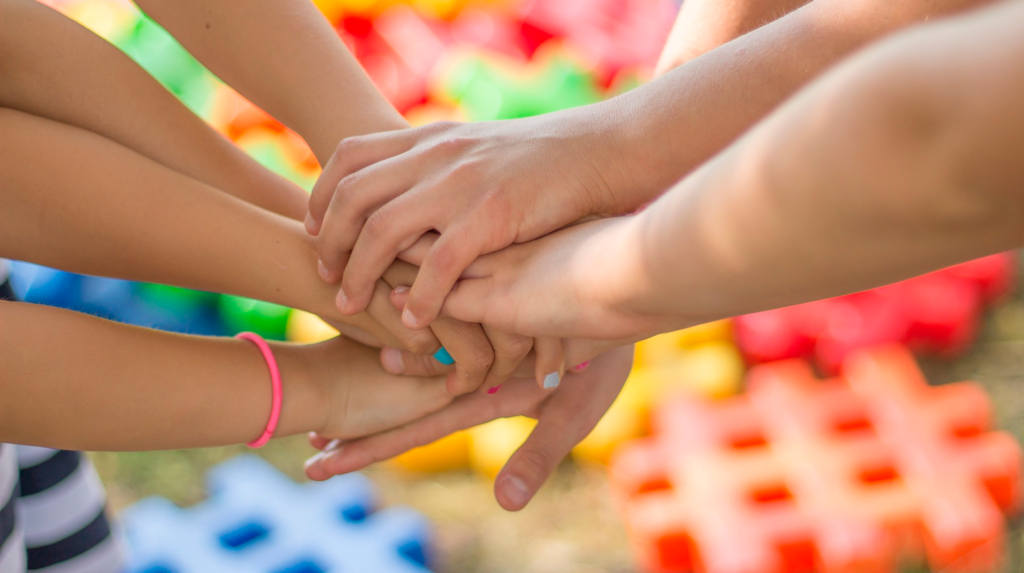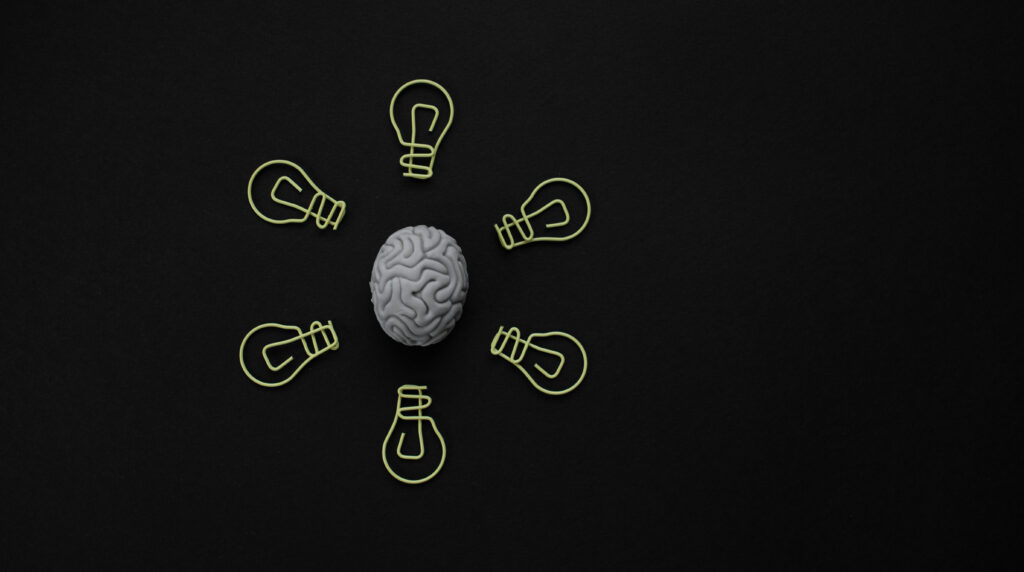If you’ve been following our blog for a while now, you’re probably familiar with some posts where we discuss educational methodologies that you can apply in the classroom. Previously, we’ve talked about flipped classroom, visual thinking, or Thinking-Based Learning. Today, it’s the turn of discovery learning, so stay tuned to discover (quite literally) what it entails and how to work with it successfully 🚀
What is discovery learning?
Discovery learning is an educational methodology through which students acquire knowledge by themselves. Instead of following the traditional method of passively receiving information, students investigate and discover the concepts to be learned on their own.
With discovery learning, students are the main protagonists of the learning process, actively participating in it. This helps to gain a deeper understanding of the concepts, which is much more enduring. This type of learning encourages students’ curiosity as well as the development of experimentation and critical thinking skills.
When we talk about discovery learning, we are referring to participation in practical activities, research, or problem-solving. It involves engaging students actively in their learning, encouraging them to discover the meaning of the concepts themselves.
Real-life examples of applying discovery learning in the classroom
While you may already have a sense of what discovery learning entails just from its name, do you know how it’s actually applied in the classroom? Here are some real examples of how some teachers who use Additio App apply it:
- Laura Muñoz, a high school History teacher.
Laura Muñoz, a high school History teacher, believes that traditional teaching methods often lead to students having little interest in learning history, especially due to the sheer amount of events and dates they are required to memorise. In an effort to improve comprehension of concepts and foster deeper knowledge, Laura began implementing discovery learning techniques.
To enhance student learning, she encourages them to conduct research projects for each topic and present their findings in creative ways, such as through videos, podcasts, or interactive presentations. For example, when studying the Spanish Civil War, students might delve into various aspects including economics, politics, and society, using methods like watching films, conducting interviews, or listening to podcasts.
Through this approach, Laura ensures that students are more engaged in their own learning process and are the ones discovering relevant and key aspects of the subject matter. To keep track of progress, she evaluates all parts of the projects using the teacher’s gradebook feature in the Additio App, and she particularly enjoys using rubrics as they allow students to self-assess or peer-assess if desired.
- Cristina Campos, a primary school Natural Science teacher.
In her Elementary Natural Science classes, Cristina Campos implements discovery learning techniques to ensure that students learn in a more meaningful and profound way. In the topics she covers, she first encourages her students to conduct experiments in controlled environments so they can reflect on the results themselves and learn through hands-on experience.
This approach fosters their curiosity, increases motivation, and develops their research skills. To facilitate her teaching tasks, Cristina creates didactic units in Additio App for each topic, outlining the sequencing of activities and experiments to be conducted in class.
Tips for successfully implementing discovery learning in class
Are you clear that you would like to start applying discovery learning in your classes? Well, these tips will help you do it effectively:
- Encourage teamwork: When working as part of a group, multiple viewpoints and opinions are heard, which can help build more meaningful learning experiences.
- Provide formative assessment: Offering real-time feedback on their progress and level of knowledge acquisition can help students improve their weaknesses and grow academically.
- Offer support when needed: The fact that your students have to go through a discovery process to acquire knowledge does not mean that you have no role in their learning. Let them know you are there to offer support or help if needed.
- Trust in new technologies: A good way to motivate students and foster their curiosity is to give them the opportunity to use new technologies, whether they are technological devices, digital resources, videos, podcasts, interactive quizzes, etc.
Did you know about this educational methodology?
You probably recognized the name already, but did you know how to apply it in the classroom? We hope that with the success stories and tips we’ve provided, you’re now ready to start working with this educational methodology in class.
If you want to share how you apply it, join us on our social media platforms: Facebook, Twitter, Instagram and Youtube.
Remember, you can use Additio App for free to help you apply this educational methodology, with the Additio Starter plan. With over 150 features, it will help you improve your teaching and your students’ learning.
Ciao!





